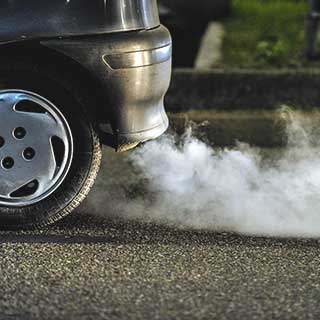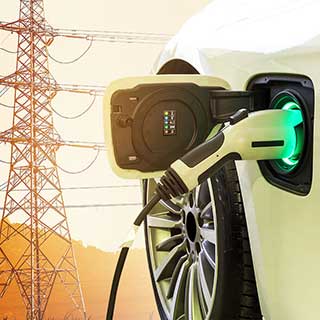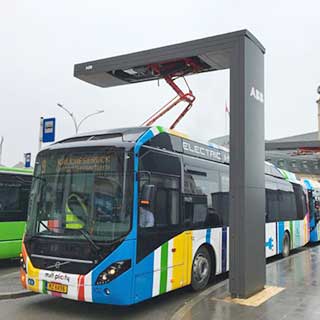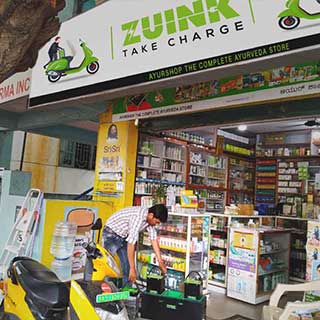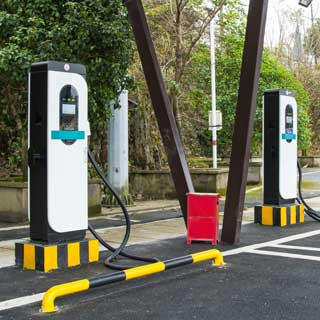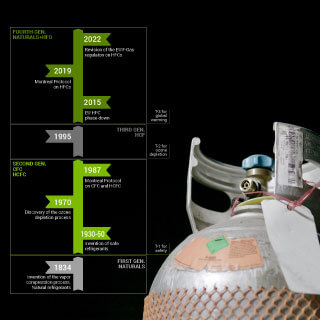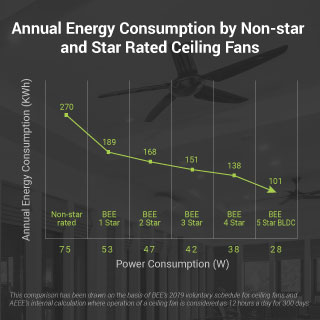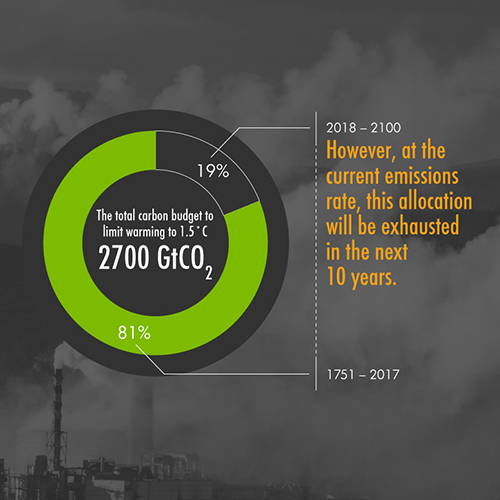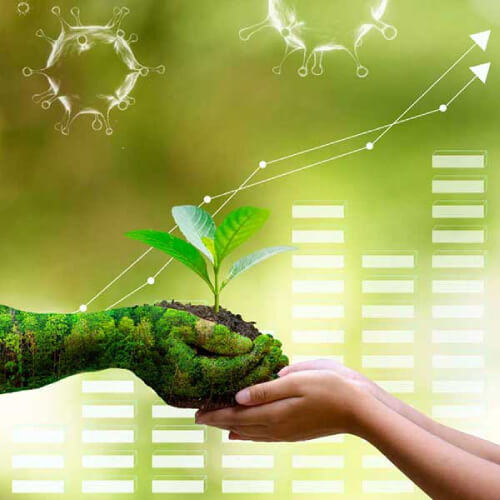Reshaping Consumer Knowledge on Environmental Performance of Vehicle World Health Organisation (WHO) deems clean air as a human right, but in India many people don’t have access to clean air due to severe air pollution.
Read moreAll posts by admin1
How DISCOMs can Plan the Future for Electric Vehicles
Electric Vehicles (EV) is good news for DISCOMs The increasing energy demand across the globe, coupled with the growing concerns of carbon emissions from the transport sector, has paved way for developing alternative energy options for mobility.
Read moreElectric Buses: Where and How to Charge Them?
Electrification of public bus fleets is a key priority for many cities around the world to tackle air pollution. To give a push to clean mobility in public transportation, the Government of India (GoI), through the Department of Heavy Industry (DHI), sanctioned 5,595 electric buses to 64 cities/state govt.
Read moreCharging two and three-wheelers is the big game
India is a country that loves traveling on two-wheelers and three-wheelers. The electrification of transportation in India is not just a story limited to electric cars in the cities, it’s much more. Undoubtedly, electric two-wheelers(e-2W) and three-wheelers (e-3W) have a massive role in taking electric mobility to every nook and corner.
Read moreWhy enroute charging is not the only bet for public e-4W charging facilities
Public charging infrastructure is a key enabler for electric vehicle adoption. To create a competitive, scalable market for setting up public EV charging facilities in India, the Ministry of Power has delicensed EV charging infrastructure.
Read moreWhy is the Montreal Protocol Interested in Energy Efficiency?
In November 2020, AEEE co-presented a model National Cooling Action Plan (NCAP) development framework at the 32nd Meeting of the Parties to the Montreal Protocol (MOP32), along with UNEP, UNESCAP
Read moreUnlocking BRPL Fan Replacement Scheme 2020
India is one of the fastest growing economies in the world. However, the cooling demand of the country is also rising exponentially with around four trillion ‘person cooling degree days.
Read moreCan private equity investments and M&V interventions emerge as a promising solution for ESCOs
This blog highlights the financial issues faced by ESCOs and possible solutions for financing EE projects to scale and replicate the ESCO business models.
Read moreA Numerical Retracing of the Climate Challenge and its Solutions
This blog assembles data from publicly-available research, keeping India in focus, to describe and comment on some key aspects of climate change.
Read moreBringing economic and energy efficiency priorities together in a post-pandemic world
The COVID-19 crises have put to the forefront grave challenges that are not just limited to the healthcare sector. Along with a staggering public-health turmoil, the economic repercussions of the pandemic have been alarming in the country with the contraction of GDP in Q1 of 2020 by 23.9% and the loss of jobs in April with the announcement of lockdown has been estimated to be at an alarming high of 122 million.
Read more